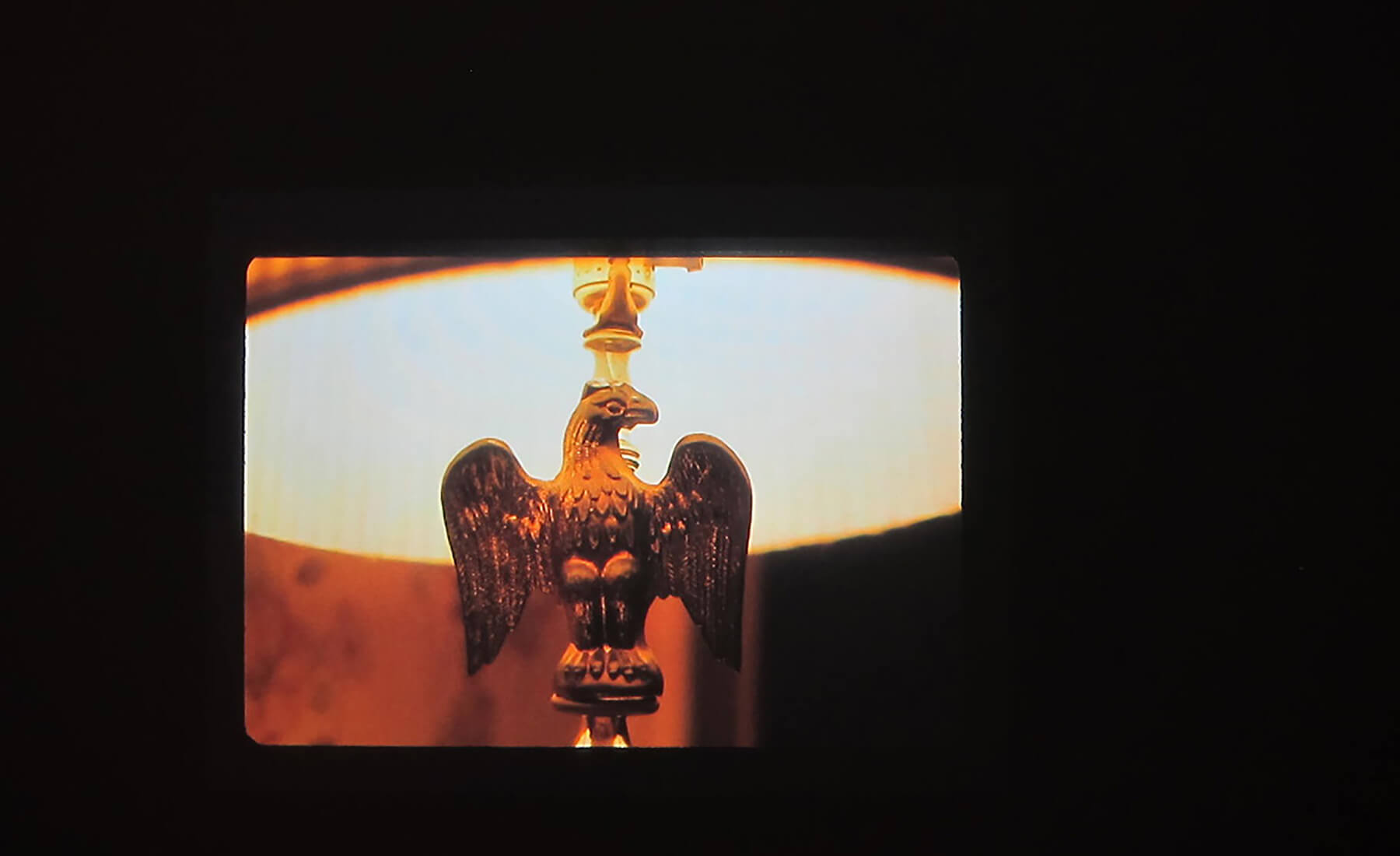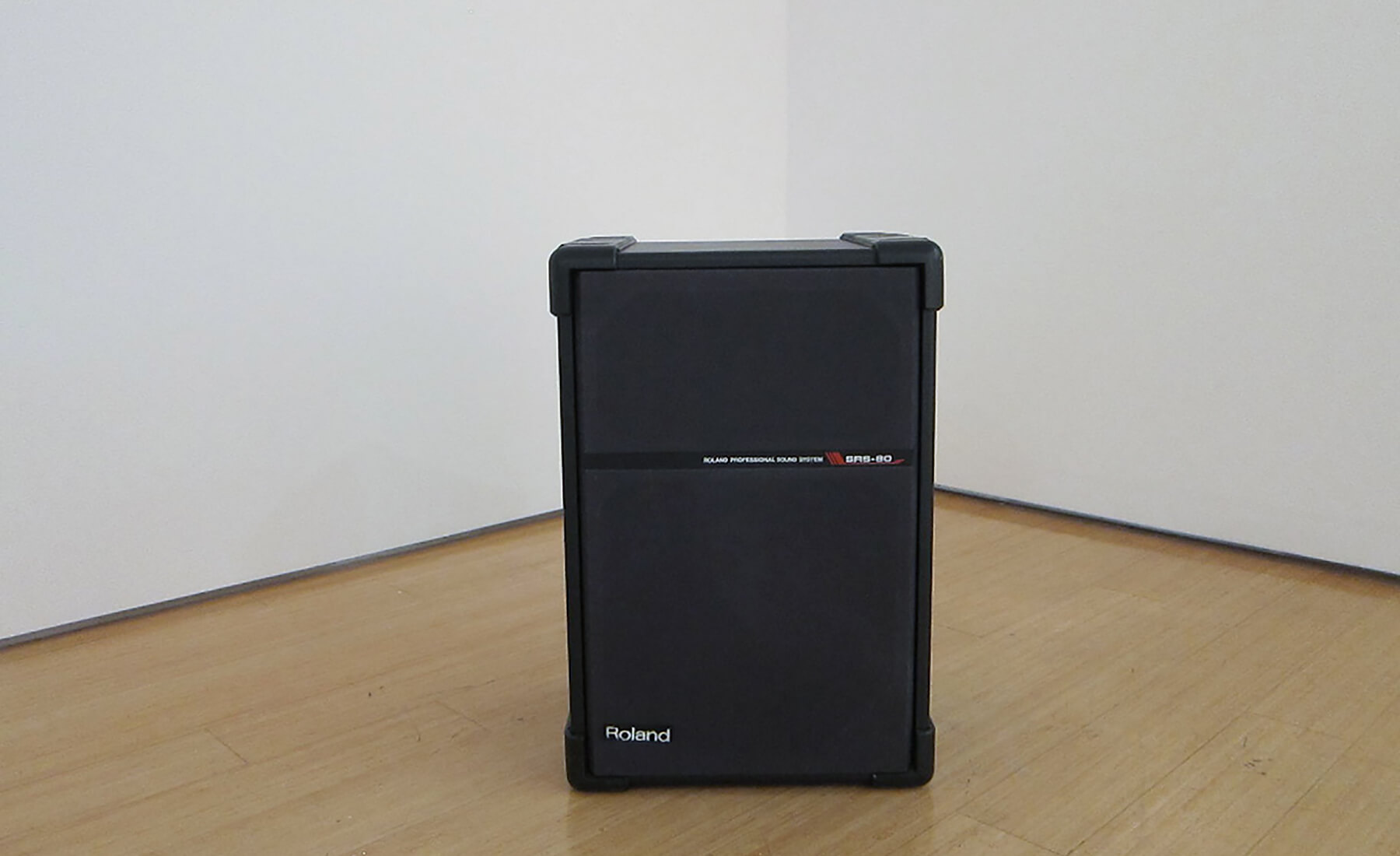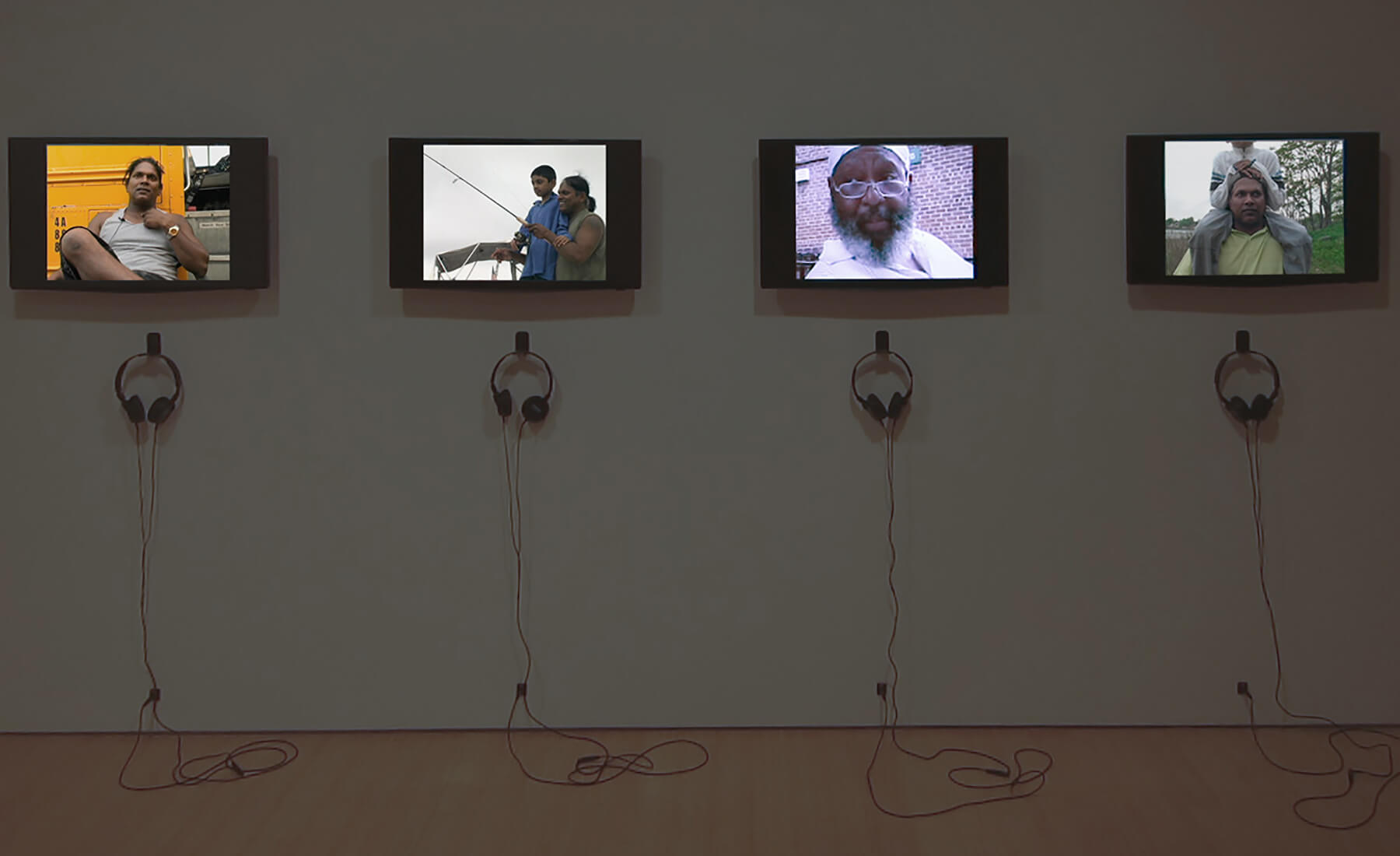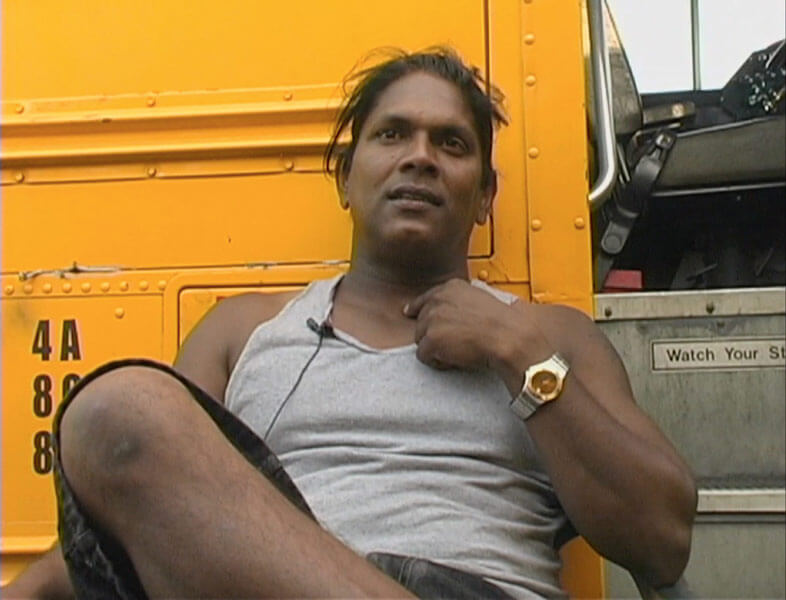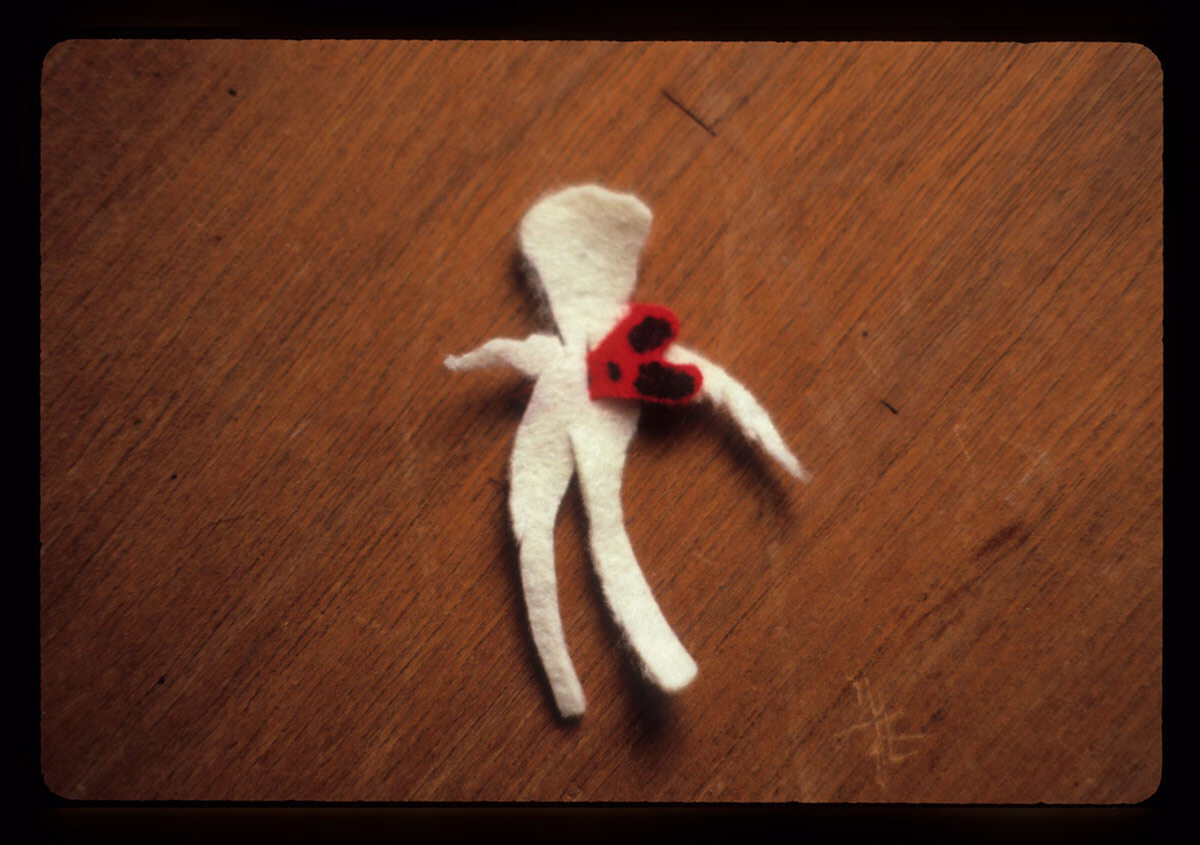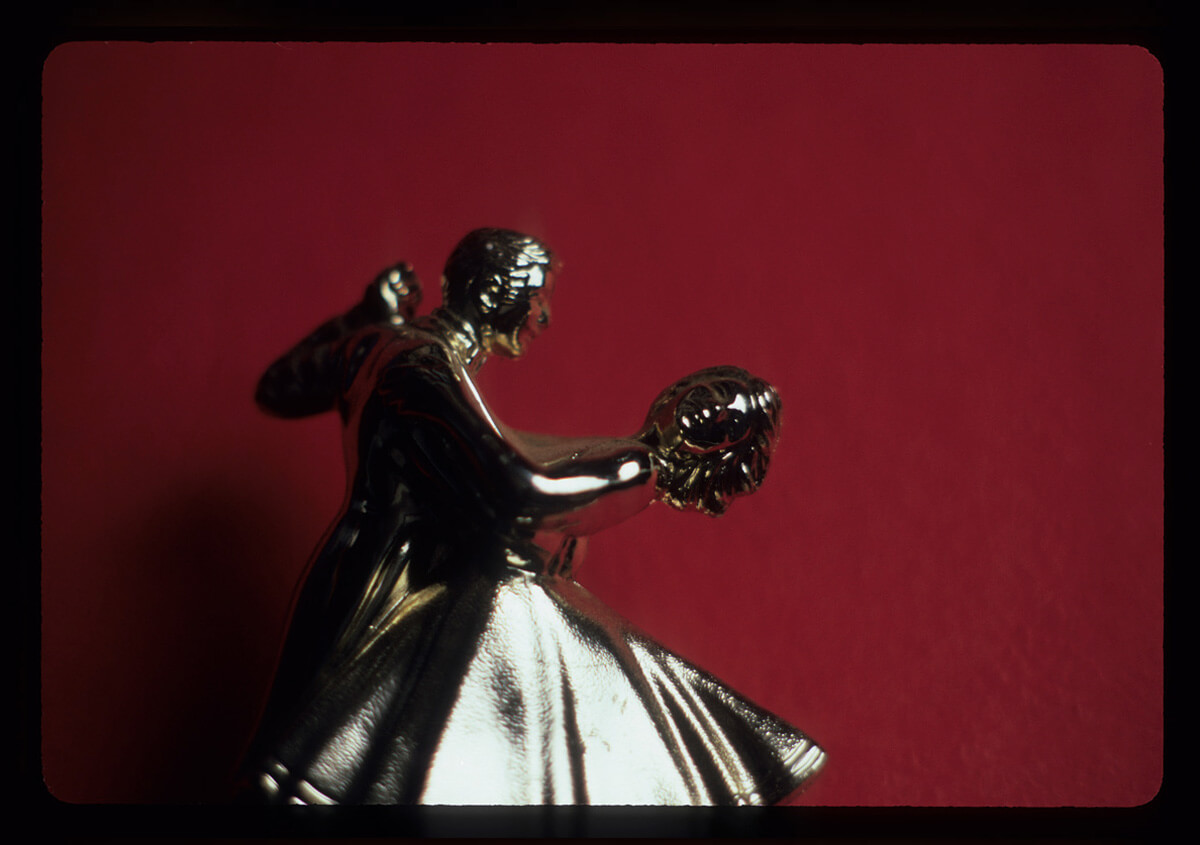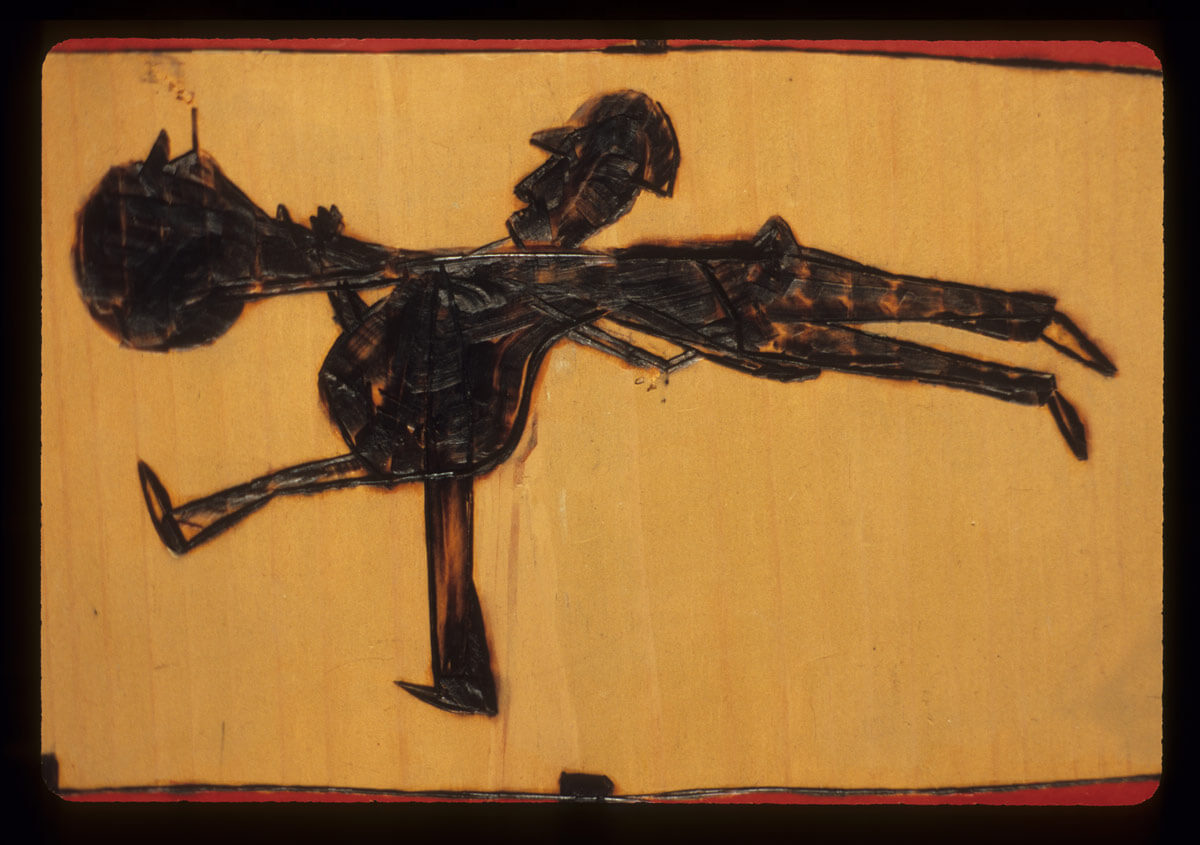BILL SANTEN : ROCKO RAMDIN, MR. WHALES
September 10 — October 31, 2015
PRESS RELEASE
NEW YORK—Sgorbati Projects is pleased to present the first New York solo exhibition of artist Bill Santen. Santen takes on the role of filmmaker, photographer, and oral historian. Informed by his career as a songwriter and musician, the two works shown act to equally capture and create memory’s shifting relationship to the Portuguese concept of saudade—if not immediately accessible, then purposely preserved. The artistic and intellectual influences of Santen’s hometown of Lexington, Kentucky (the photo-projects of Ralph Eugene Meatyard in particular) become interwoven with those of Susan Sontag’s Promised Lands (1974), the documentary films of Fredrick Wiseman and Errol Morris, the paintings of Caspar David Friedrich, and the tradition of Country-Western music.
Filmed over the period of one year, Rocko Ramdin (2015), is a multichannel video shown simultaneously on multiple screens. Ramdin, born in Guyana, South America, and immigrating to America in 1990 at age 20, becomes tour guide to a New York sport fishing subculture. Fishing is seen as a culturally diverse social bond, a brutal group sport, a solitary, meditative practice, and as a connection to nature and family. Filmed with an SD handheld camera, a charismatic and intimate portrait slowly emerges as the artist is brought closer into Ramdin’s world. The film is part of an ongoing project related to the Bronx, New York, where the artist has lived and worked since 2012.
Mr. Whales (2015) is comprised of an audio recording made by Santen in 2004, found images, and photographs taken by the artist years later. Whales, a friend of the artist’s father, recounts with humor and tragedy, stories of caring for his brother, who after a mechanical bull riding accident at age 19, became a quadriplegic, eventually committing suicide. Images, presented in large scale projection, appear to illustrate the stories told by Whales, but as is often in Santen’s work, become abstracted, distorting time and history. The photographs are not a depiction of the actual subject matter, but instead are drawn from objects and landscapes from the artist’s experiences.
The gallery installation allows both artworks, presented concurrently, to overlap somewhat, through proximity, sound, and light, as they create for the viewer both a connection and a detachment from his/her own geography—much as this is experienced by the films’s subjects.

